GFK-Ankerstab


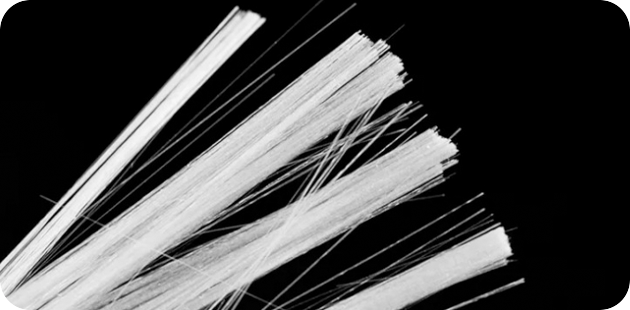

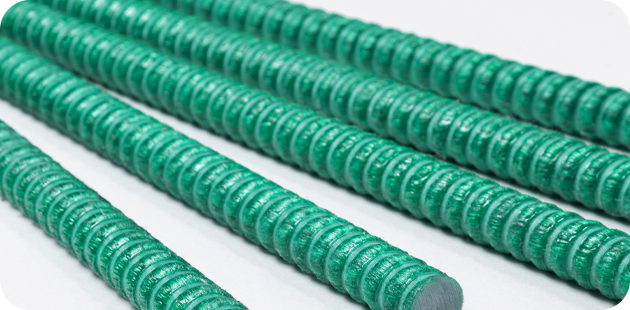
Hohe Spezifische Festigkeit
※ Spezifische Festigkeit : Festigkeits-Gewichtsverhältnis
* Scroll left and right to see the content.
| Material-Typen | Zugfestigkeit (MPa) |
Dichte (g/㎤) |
Spezifische Festigkeit (kN·m,/kg) |
|---|---|---|---|
| Kohlenstoffarmer Stahl (AISI 1010) | 365 | 7.87 | 46.4 |
| Edelstahl (304) | 505 | 8 | 63.1 |
| Nylon | 78 | 1.13 | 69 |
| Aluminiumlegierung (7075-T6) | 572 | 2.81 | 204 |
| Titanlegierung (Beta C) | 1250 | 4.81 | 260 |
| Carbon-epoxy composite | 1240 | 1.58 | 785 |
| GFK | 3400 | 2.6 | 1307 |
| Basaltfaser | 4840 | 2.7 | 1790 |
| Carbonfaser (AS4) | 4300 | 1.75 | 2457 |
| Kevlar | 3620 | 1.44 | 2514 |
▶ Etwa 1/4 des Gewichts von Bewehrungsstahl
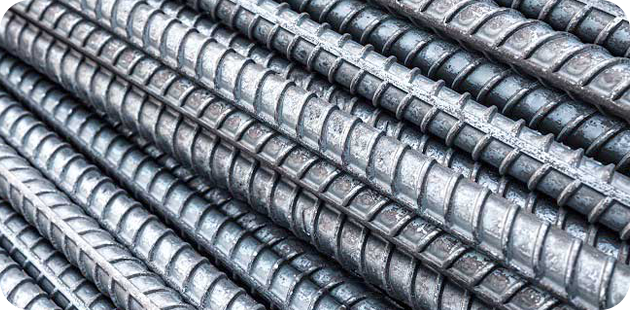


Wärmeausdehnung und Wärmeleitfähigkeit
※ Ähnliche Wärmeausdehnungskoeffizient wie Beton
* Scroll left and right to see the content.
| Richtung | Wärmeausdehnungskoeffizient (x10-6/℃) | ||||
|---|---|---|---|---|---|
| Bewehrungsstahl | GFK (Glass) | CFK (Carbon) | AFK (Alamid) | Beton | |
| Längsrichtung | 11.7 | 6.0~10.0 | -9.0~0.0 | -6.0~-2.0 | 7.2~10.8 |
▶ Bessere Leistung als Bewehrungsstahl
* Scroll left and right to see the content.
| Bewehrungsstahl | GFK | |
|---|---|---|
| Wärmeleitfähigkeit | 46 W/mk | 0.35 W/mk |
| Elastizitätsmodul | 200 GPa | 50 GPa |
▶ Hervorragende Dämmleistung bei geringer Wärmeleitfähigkeit
Mechanischen Eigenschaften
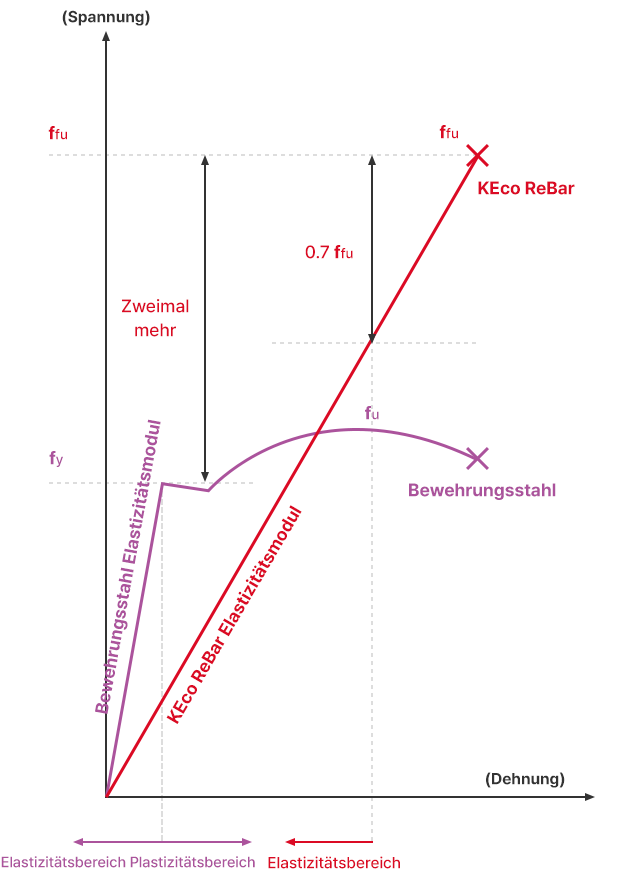
▶ Lineares Spannungs-Dehnungsverhalten ohne Vorbruchverhalten im Gegensatz zu Bewehrungsstahl
Mindestüberdeckungsdicke der GFK-Bewehrung

▶ Verringerung der Betondeckungsdicke im Vergleich zur Stahlbewehrung aufgrund der Korrosionsbeständigkeit
Entwurf von GFK-Elementen
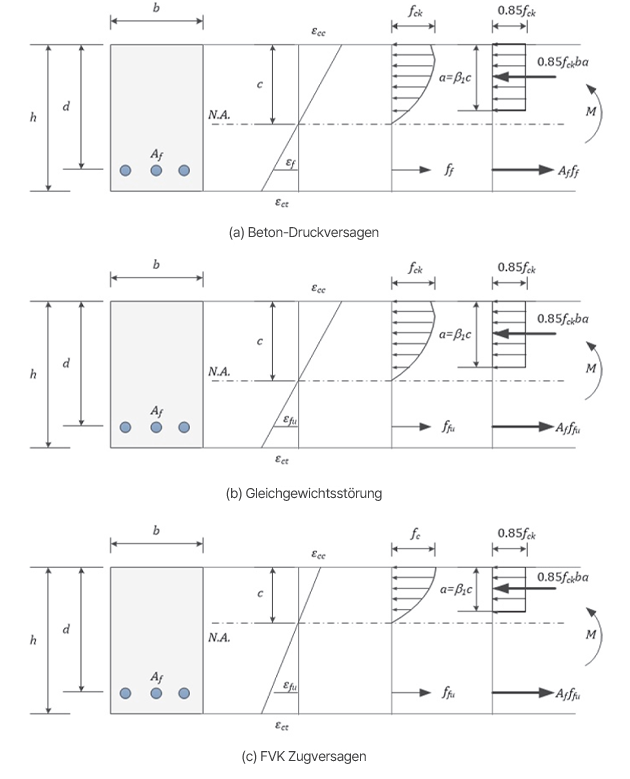
▶ Die Spannungsverteilung wird mit einem rechteckigen Vergleichsspannungsblock approximiert, der für die Querschnittsanalyse von Stahlbeton verwendet wird.
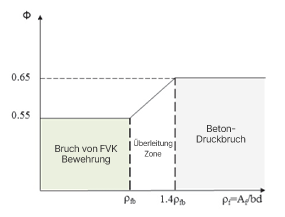
Festigkeitsreduktionsfaktor in Abhängigkeit vom Bewehrungsgrad
▶ Anwendung des Festigkeitsabminderungsfaktors bei der Biegekonstruktion unter Berücksichtigung des Versagensmodus














